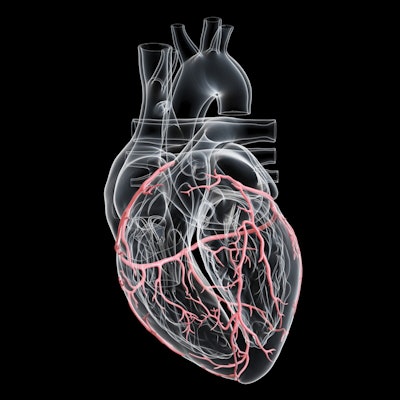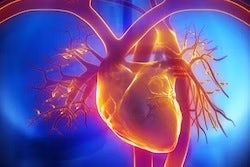
The American Heart Association (AHA), the American College of Cardiology (ACC), and other groups have jointly given coronary computed tomographic angiography (CCTA) a class I recommendation as a front-line testing strategy.
The organizations co-published their recommendations, which includes a level of evidence of A, in the 2021 AHA/ACC/ASE/CHEST/SAEM/SCCT/SCMR Guideline for the Evaluation and Diagnosis of Chest Pain, co-published today in the Journal of the American College of Cardiology and Circulation.
Class I is the strongest recommendation available for a medical test, while level A indicates there is high-quality evidence from more than one randomized clinical trial that CCTA is beneficial, useful, and effective.
This is a shift from previous versions of U.S. clinical practice guidelines, which did not provide such recommendations. These new recommendations could include some 15 to 20 million U.S. patients, the organizations said. They also align more closely with guidelines published by the European Society of Cardiology in 2019.
The guidelines say that CCTA should be used for exclusion of atherosclerotic plaque and obstructive coronary artery disease (CAD) in intermediate-risk patients with acute chest pain and no known CAD. It should also be used for diagnosis of CAD, risk stratification, and in guiding treatment decisions for patients with stable chest pain who have an intermediate-high risk of obstructive CAD.
In addition, the guidelines also include a class I recommendation for stress testing for both groups of patients, including either exercise electrocardiogram (ECG), stress echocardiography, stress PET/SPECT, myocardial perfusion imaging (MPI), or stress Cardiovascular magnetic resonance imaging (CMR). The guideline labels the evidence supporting the use of these tests in cases of acute chest pain as B-NR, or "moderate-quality evidence ... from nonrandomized studies" and for patients with stable chest pain as B-R, or "moderate-quality evidence from 1 or more RCTs."




















